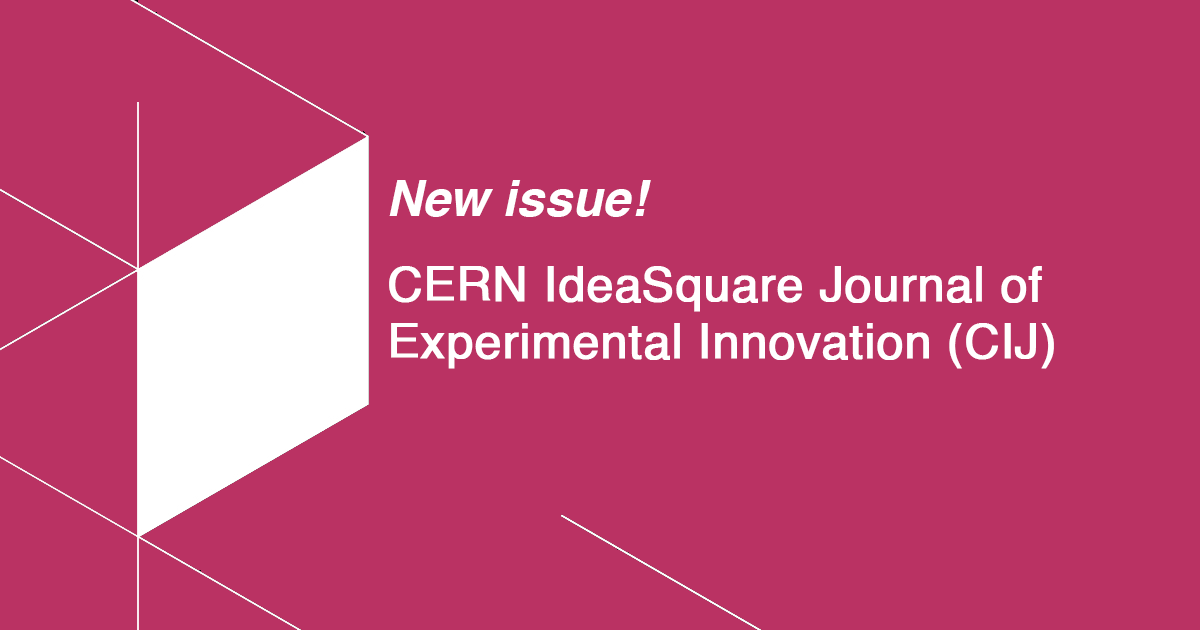New issue of the CERN IdeaSquare Journal of Experimental Innovation

The articles in this issue suggest that the future of effective innovation does not lie in the dominance of algorithmic efficiency over human cognition, nor in rejecting automation. Instead, success depends on a "Hybrid Intelligence" model where formal innovation processes are rigorously applied to speed up execution and reduce risk, while simultaneously leveraging linguistic and contextual diversity to create the "cognitive friction" necessary for high-quality decision-making.
Consequently, the challenge for leadership is to design organizations that are "ambidextrous"—capable of balancing the "closing behaviors" required for efficiency and execution with the "opening behaviors" needed for exploration and creativity.
Together, these aspects provide a comprehensive perspective on the journey of an idea, from a simple spark of cognitive potential to a transformative force that reshapes our world, starting with the most fundamental element: the innovator's mind.
And if you're a researcher, learn more about the latest call for papers!